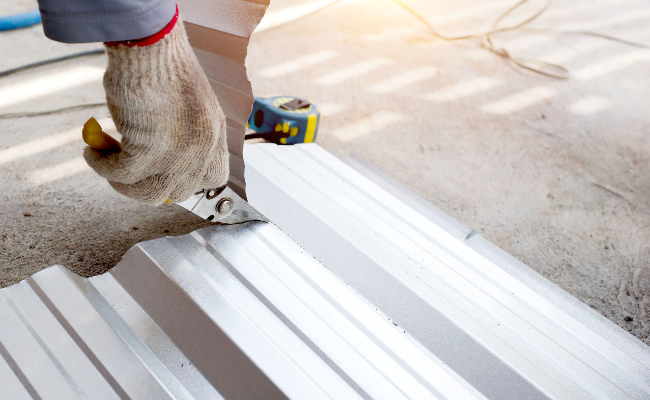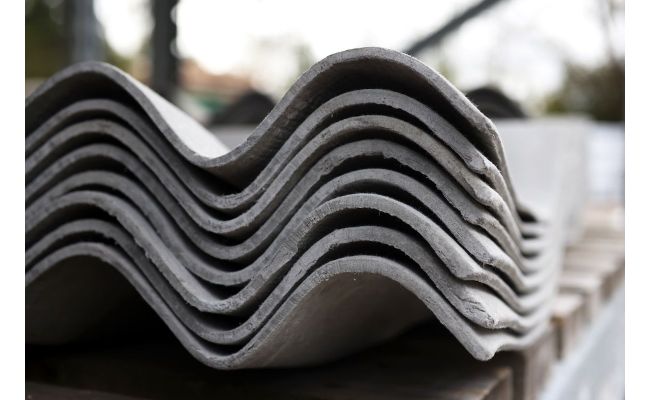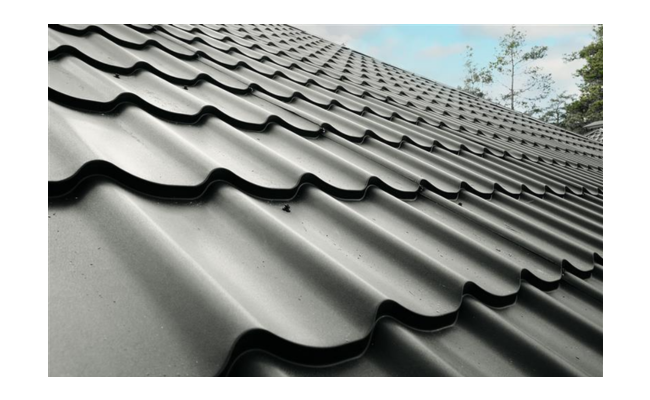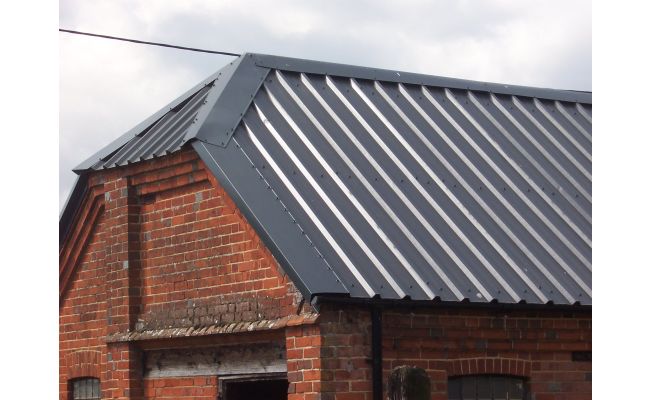Getting ready to cut metal roofing and cladding sheets for your current job? Stop. You should read our detailed advice for the best tools for the job first.
Metal roofing and cladding can be ordered in from Southern Sheeting cut-to-length, however you may opt to take steel sheeting from our stock lengths and cut them down to the required length on site. There is also very often a need to cut sheets on the rake for gables and window or door openings on side cladding.
This article will help you decide which tools to use, which should be avoided, and answer some commonly asked questions.
Can I use a circular saw to cut steel sheets?
Circular saws are the best tool to cut steel sheets as they are non-abrasive and produce minimal heat. They won’t melt plastic or painted coatings. However, they will cause a lot of noise and vibration. Circular saws are also quite big and cumbersome, so we wouldn’t recommend using them at height as this can be challenging and risky.
However, it’s worth knowing that not all circular saws are created equal. Some circular saws are in fact more abrasive than others.
Southern Sheeting stocks Evolution Saws, which combined with steel cutting blades will reduce the heat of the cut, the amount of burr and will produce almost no sparks.
Make sure that the blade is suitable for the material it is cutting. Blades can be purchased from Southern Sheeting.
What are the advantages of using steel sheet nibblers?
Steel sheet nibblers are a product specific tool. They will create a long punch cut and enable you to make lots of punches in a straight line. They are very good for use on radiuses, corners, flashings and details. You can also use them to trim sheets down at the gable length, but most professionals would use a circular saw. We’re big fans of the Trumpf Nibbler at Southern Sheeting because it works without feed force, distortion, emissions or sparks. It’s also very comfortable to operate.
What about power shears?
Power shears don’t create any mess. There are no filings or off cuts and they produce a straight cut, but they can be awkward. Power shears are best suited to flat materials. They will not travel over the beaks and troughs of corrugated or box profile sheeting. They are however perfect for ripping down flashings or cutting flat sheets.
Shears cut at greater speeds than nibblers so if you must rip down 20 meters worth of corrugated sheet, a shear can do this job in 2mins. A nibbler would take about 10mins and if you have a lot of them to do that is a big-time saver.
Can I use jigsaws and reciprocal saws?
You can use jigsaw tools as long as there is a steel cutting blade, however they will create a lot of vibration. We find they are not the easiest tool to control for cutting metal roofing and cladding.
Steel can pinch the cutting blade if it’s not supported which can make the blade snap. It can be hard to get a great cut with them and they can be quite hard to use on a profiled steel sheet. Jigsaws have a tendency to stray a lot.
Reciprocal saws have a tendency to stray a lot too, so it can be challenging to get a detailed straight line with them. They have a very long blade, are messy and awkward. While you can often hide any messiness behind a flashing, we tend to steer people away from using reciprocal saws if possible. It takes a lot of skill to use them and there is a lot of vibration to put up with.
Angle grinders – a strict no, no – but why?
Angle grinders should not be used. They are abrasive and generate heat due to the speed of the cut which will eat through zinc galvanised layers and outer coatings.
This will affect the longevity of the sheet. A hot cut will melt leathergrain and HPS coatings, while paint finishes will be left scorched.
Angle grinders cause significant vibrations and so should not be used for any long periods to avoid health problems from repetitive vibration.
When using grinders you should also wear the appropriate dust protection masks.
What’s hand arm vibration syndrome?
All power tools can lead to hand arm vibration syndrome otherwise known as HAVS. According to the Health and Safety Executive you risk damage to nerves, blood vessels and joints of the hand, wrist and arm if you work regularly with hand-held or hand-guided power tools for more than a few hours each day. Hand Arm Vibration Syndrome is caused by over-exposure to vibration. It is preventable, but once the damage is done it is permanent. A circular saw, such as the Evolution circular saw, is one power tool that can be used for longer periods of time, but always make sure you’re following the guidelines of the power tool that you’re using to stay safe.
But it’s the nibbler which is the power tool with the least vibration and can be used for the longest period of time. Our recommendation would be the Trumpf Nibbler.
When would you be able to use hand metal snips?
Hand metal snips of course are not an appropriate tool for cutting profiled metal roof sheets, but they can be used for cutting bespoke flashing details on corners or for trimming flashings for doors. They are designed for small cutting work on steel.
What is a composite panel saw and what are its advantages over a circular saw?
This is a panel cutter used on composite panels. Trumpf make the only composite panel saw in the world. It’s an amazing bit of kit and a bespoke tool for cutting composite panels. It features a blade on a bar and rotates. It will also lock out to different panel thicknesses. It’s capable of executing a plunge cut so you can plunge the blade into windows and doors.
With the Trumpf Panel Cutter 165, it’s possible to plunge the saw at any point into sheet which means you don’t have to start at the outside edge.
It’s the perfect tool for use on door and window openings. And when using this on composite panels it beats the circular saw hands down because you won’t have to flip the composite panel as it will go through all panel thicknesses.
Some common issues when trying to use a circular saw to cut a window or a door is that the cut lines don’t meet up. Or the you must over cut to get the cut out to fall through.
Doing a window or a door cut with a jigsaw or reciprocal saw often results in skew cuts which need reworking, and this often leads to much longer processing time, trying to fix what you have cut.
Do I need to treat cut ends of steel sheets?
The cut ends of steel sheets should not be exposed. They can be painted or primed. Any cut elements should be protected from the weather. Tata Steel advises where it is not possible to protect a site cut edge from weathering with a cover flashing, they should be treated with a suitable edge protection paint or lacquer. This is particularly important in marine or industrial environments and on low pitched roofs.
We would also recommend that any burrs on cut edges should be minimised with effective shearing practice. And if possible, the down burr edges should be positioned on the down slope edge of the roof pitch.
What’s the best health and safety practice when cutting sheets?
Make sure you have all the proper safety equipment before you start including gloves, eye and ear protection. You should also wear boots.
When you’re using power tools you should always have someone with you – we would never advise working alone.
Always check your tools are fit for purpose before attempting to cut anything. Are there any chipped or missing pieces?







